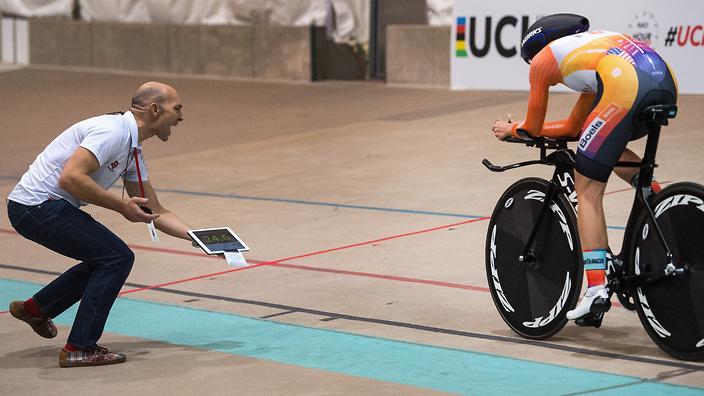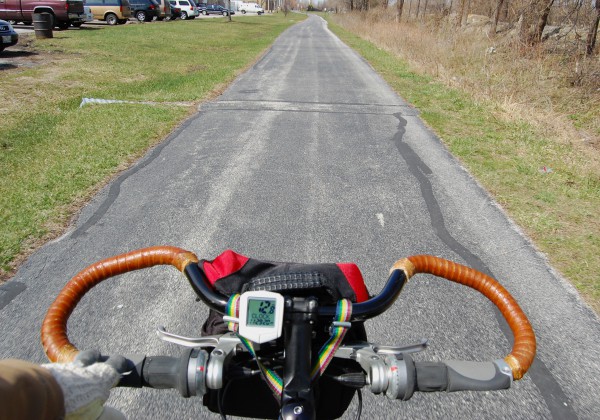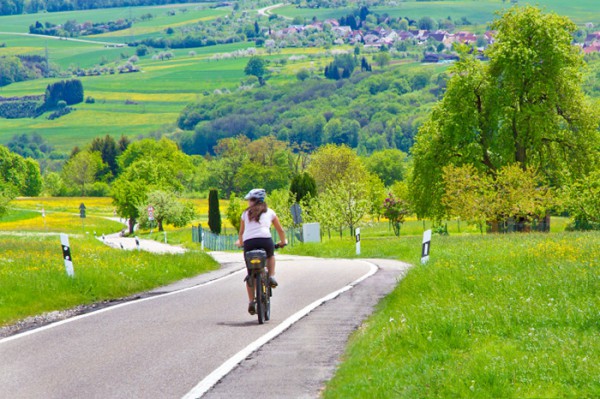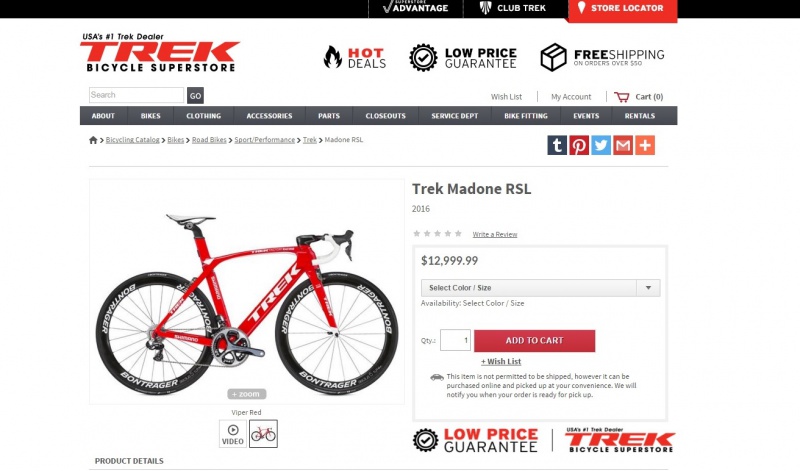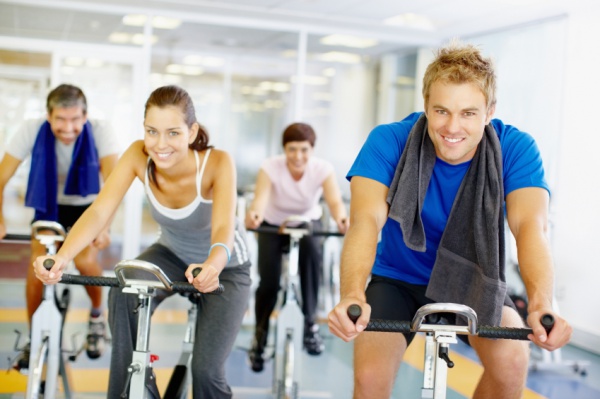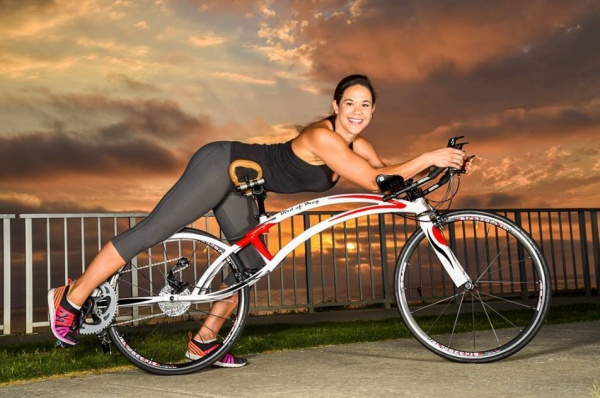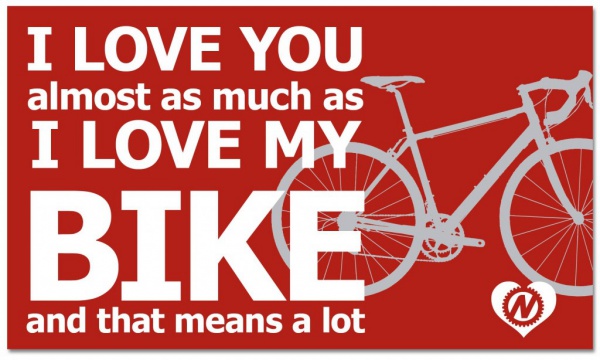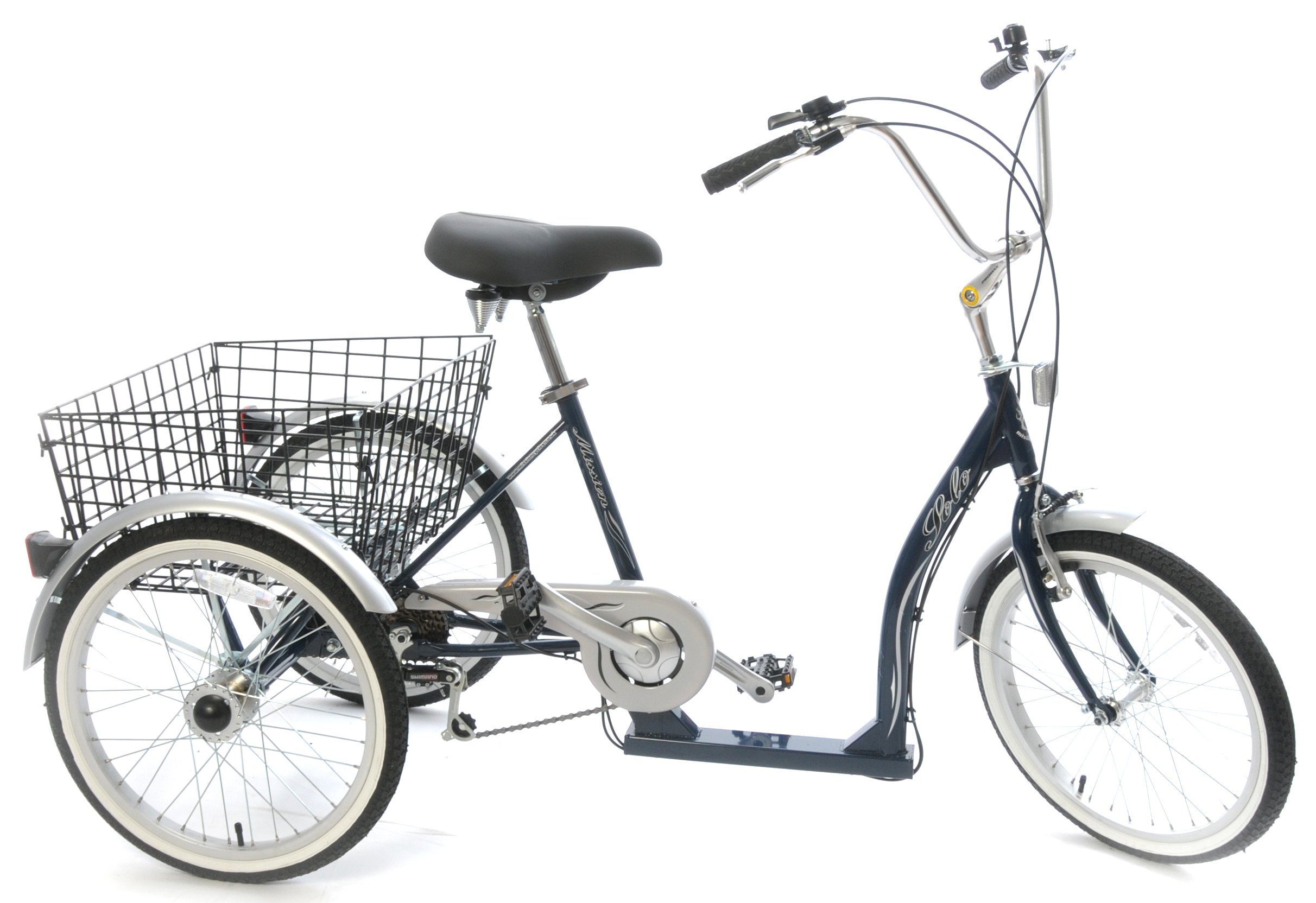What it Is
Cold and Damp
Meds and Symptoms
Battle the Common Cold While Cycling
Moderate Cycling
- Release a protein called endogenous pyrogen, which increases the body’s temperature, making it more hostile to invading bugs
- Produce more interferon, a protein that is active against viruses
- Increase the activity of ‘killer’ white blood cells
“The combined effect of these proteins and cells is to reduce the risk of an athlete developing an infection.” Noakes says. “This gives rise to the concept that mild to moderate levels of physical activity enhance immunity, whereas high levels of training and competitive stress increase the risk of infection.”
Cyclist Versus Sedentary
In short, during a particularly hard training week, and especially straight after an intense session, you are more susceptible to catching a cold.
Above or Below the Neck
Common knowledge has often relied on a simple practice — continue training if your symptoms are above the neck, and taper off or stop if symptoms are below the neck. But Gleeson says it depends on the level at which you are training.
Hard Cycling
“For people who are not professional athletes, it is sensible to avoid any hard exercise when cold symptoms begin,” he says, “and to only restart hard exercise when symptoms start to get better. It is not essential to stop exercise altogether but any training session should be shorter and less intense than usual.”
The Symptoms
Common Meds
It usually takes a week or two to recover from a cold. Certain over-the-counter supplements have been shown to reduce the duration and severity of symptoms. “Zinc supplementation and herbals such as echinacea may be effective,” Gleeson adds.
How to Battle the Common Cold While Cycling
- Reduce exposure (large crowds) after hard cycling
- Consume probiotics
- Vitamin D3 and vitamin C supplements help to prevent colds
- Zinc supplement can be beneficial when you have a cold
- Get at least 7hrs sleep
-
Wash hands regularly, especially before eating. Avoid touching eyes, nose and mouth to help stop viruses from entering your body.
-
Eat fruit, vegetables, and healthy fats to ensure a plentiful intake of micronutrients. This helps to keep your immune system at full strength and help you recover from cycling.
-
Don’t ride hard after a flight where you might have been exposed. Give your body a chance to fight any cold virus you were exposed to.
-
Don’t get chilled. If your core temperature falls while training, you are more likely to get ill. Use a neck-warmer and layers you can remove.
Home Remedies
Allicin, a substance in crushed garlic, helps fight viruses, says Dr. Richard Nahas, assistant professor of family medicine at the University of Ottawa. In a British study, volunteers who took a daily 180 mg allicin supplement caught 63 percent fewer colds over 12 weeks than those taking a placebo. Two raw cloves a day may help, says Dr. Randy Horwitz, medical director of the Arizona Center for Integrative Medicine in Tucson.Oregano and Mustard
According to Dr. Tieraona Low Dog, the author of National Geographic’s Life Is Your Best Medicine, the oregano in your spaghetti sauce and the mustard on your turkey sandwich can boost your immune system. In winter, she suggests, flavor bean and poultry dishes with oregano and thyme, and add 1/4 teaspoon of turmeric to 1 cup of plain yogurt for a spicy dip.

